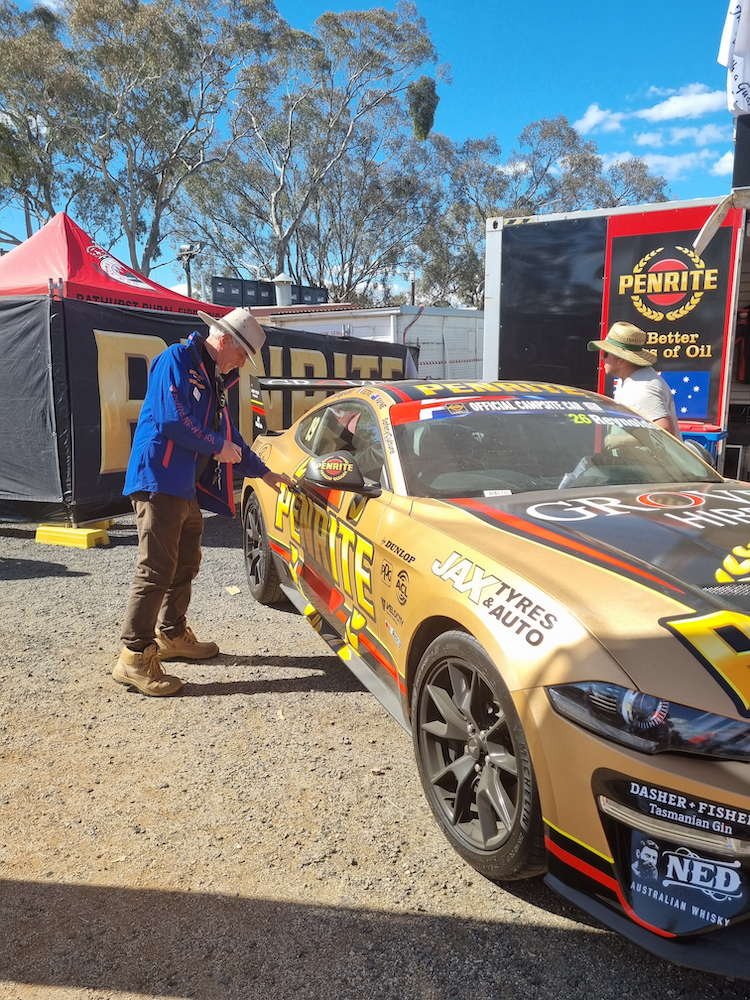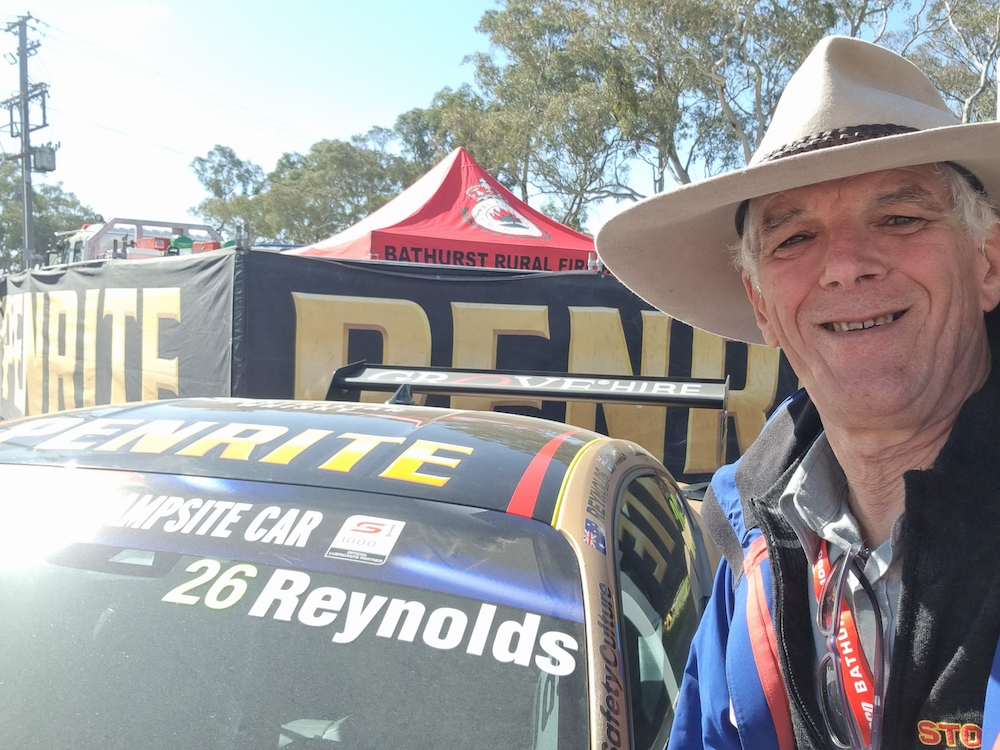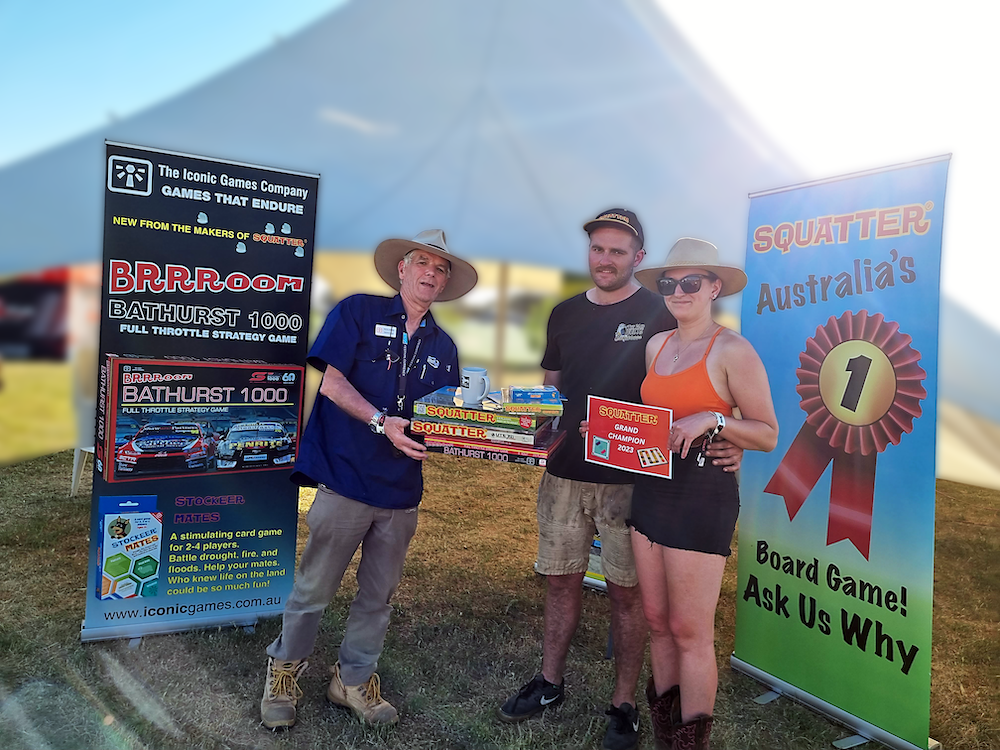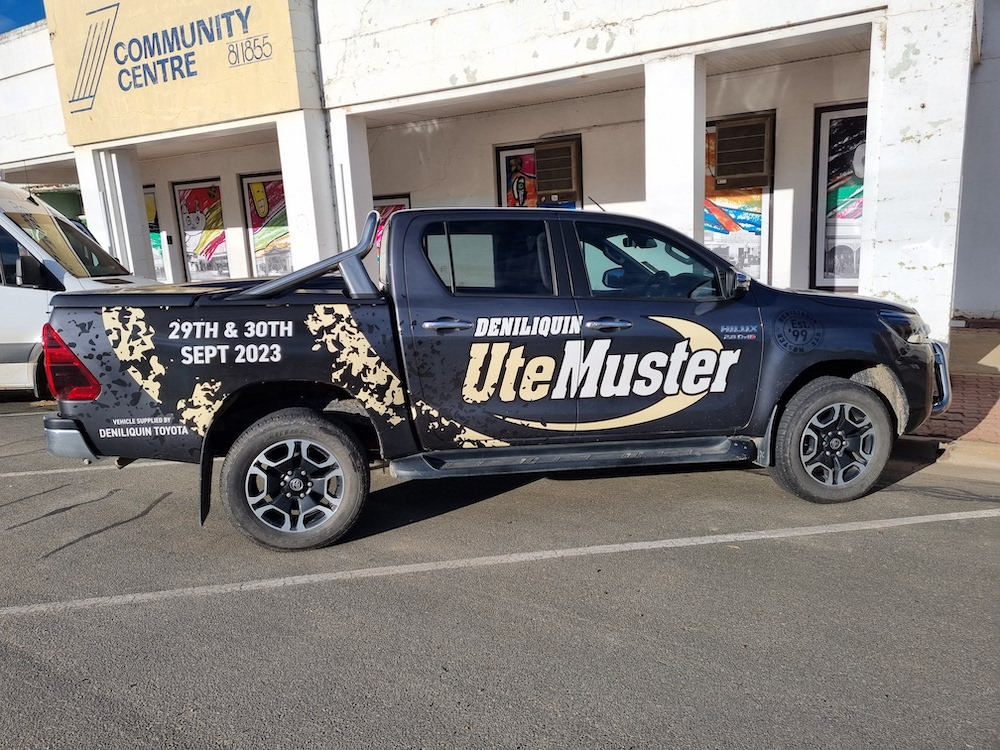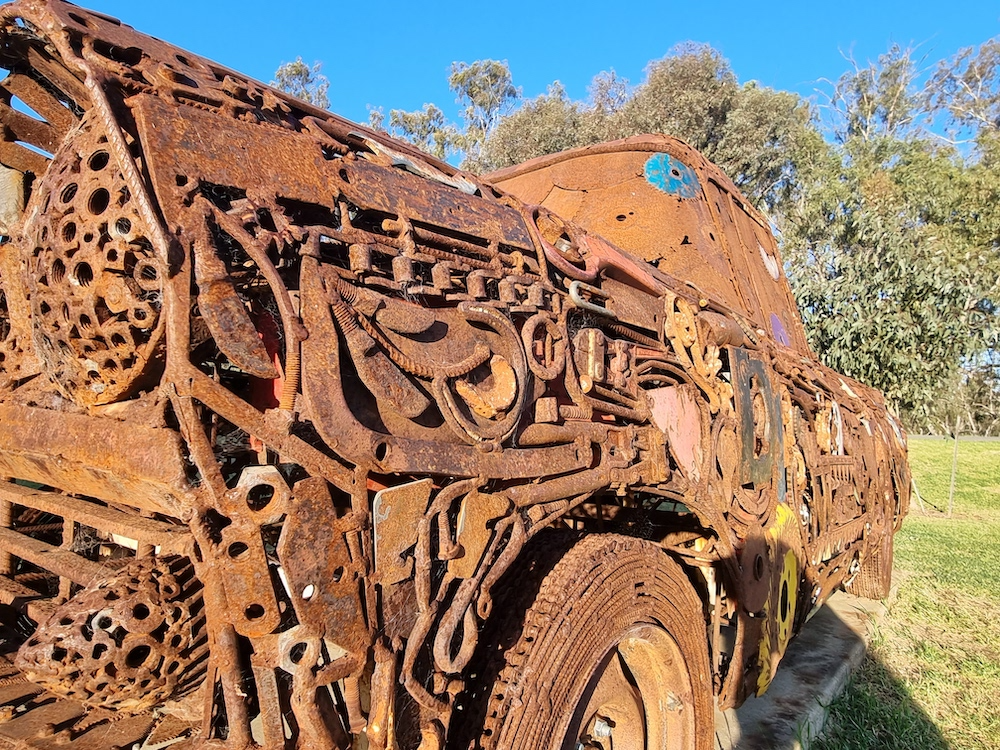AN EXPLANATION OF FARMING TERMS USED
SQUATTER
A term used in Australia to describe the owner of a large livestock farm.
Historically, after European settlement of Australia, the demand for grazing land was greater than the rate at which the government could survey the land and release it for sale or lease.
Today, when we purchase land, a Title Deed is issued as proof of “title” to the land. The transaction is recorded in the titles office. Every block of land in Australia can be traced back to an original “Crown Allotment”, which has been created by the “Crown” (the government) after it was surveyed, and subsequently released for settlement by way of sale or lease by the government. The “survey” describes the exact boundaries of the Crown Allotment, and the subdivisions of each Crown Allotment. This provides the underlying legal basis for holding a “title” (a legal claim) to ownership of land.
In the early 1800’s there was a great need for agriculture; livestock and crops to provide for the needs of a colony that was very isolated and growing rapidly. The early “Squatters” took possession of land that was claimed by Lt James Cook on behalf of the Crown in 1700. Under British law, technically they were Squatters, because they occupied land they did not have title to. Although in their defence, there was no method available to them at that time to purchase or lease the land. Nevertheless by their hard work the Squatters developed the land and provided for many of the needs of the colony. They became the pioneers of Australian agriculture.
SHEEP STATION
A large livestock grazing property.
BORE
A well to tap underground water.
DRENCH
To dose livestock for control of internal parasites.
JETTING
Spraying of sheep with insecticides to prevent them from becoming blown, or struck, by the sheep blow-fly.
FOOT ROT
A highly infectious disease affecting the hooves of sheep, frequently causing severe lameness and consequent malnutrition. (Usually confined to the higher rainfall areas or irrigated properties).
SHEEP DIPPING
Treatment of pests on sheep by spraying or immersion in insecticidal solutions.
LIVER FLUKE
A leaf shaped parasite which bores through the liver of sheep, and other animals, frequently causing death.
PULPY KIDNEY
A disease mainly confined to young sheep, when grazing on lush pasture.
STUD FEES
Fees charged by the owners, for mating their well-bred rams to ewes owned by another stock-owner.
UNIMPROVED PROPERTY
A property not improved by cultivation, clearing, etc.
PASTURE
Grasses and herbage on which stock graze.
NATURAL PASTURE
Pasture consisting of native grasses and herbage.
IMPROVED PASTURE
Pasture which has been sown down with grasses of higher nutritive value, and clovers (or other medics which improve soil fertility).
IRRIGATED PASTURE
Pasture which is artificially watered to supplement rainfall.
CARRYING CAPACITY
The maximum average number of stock, which can be profitably grazed per acre throughout the year.
AGISTMENT FEES
Fees charged by an owner of surplus pasture, to another stock-owner, for the right to graze stock for a specified period.
BLOWFLY WAVE
A period of intense sheep blowfly activity; usually when the weather is hot and humid.
BILL OF SALE
A document, signed by the seller, giving evidence of the purchase.
SOIL CONSERVATION
Preventative steps taken to prevent soil erosion by wind or water. Also to prevent or reverse land being affected by salt.
TUCKER BAG
A bag for carrying food (tucker). Horseman may use a saddle-bag.


